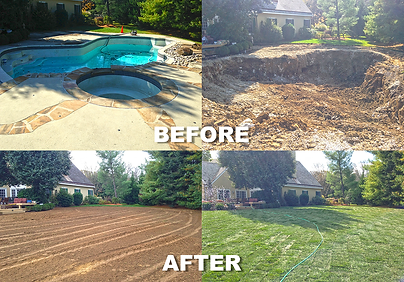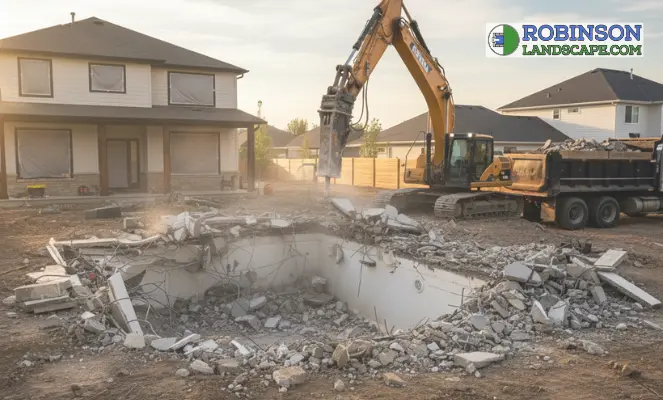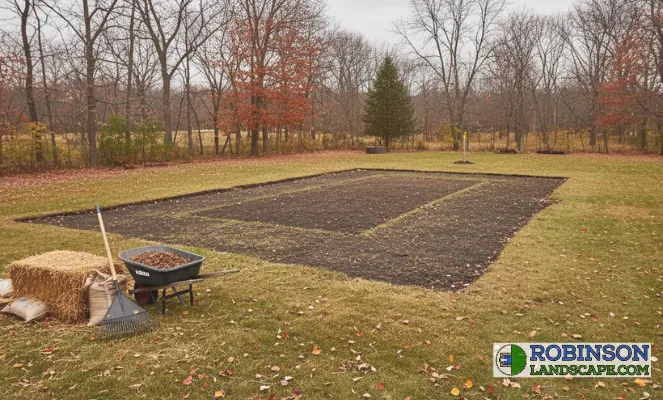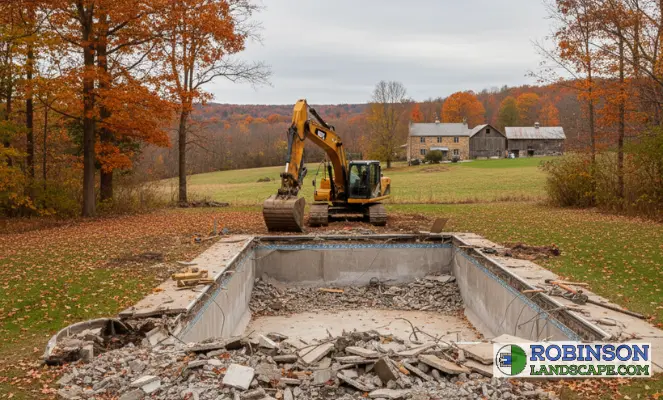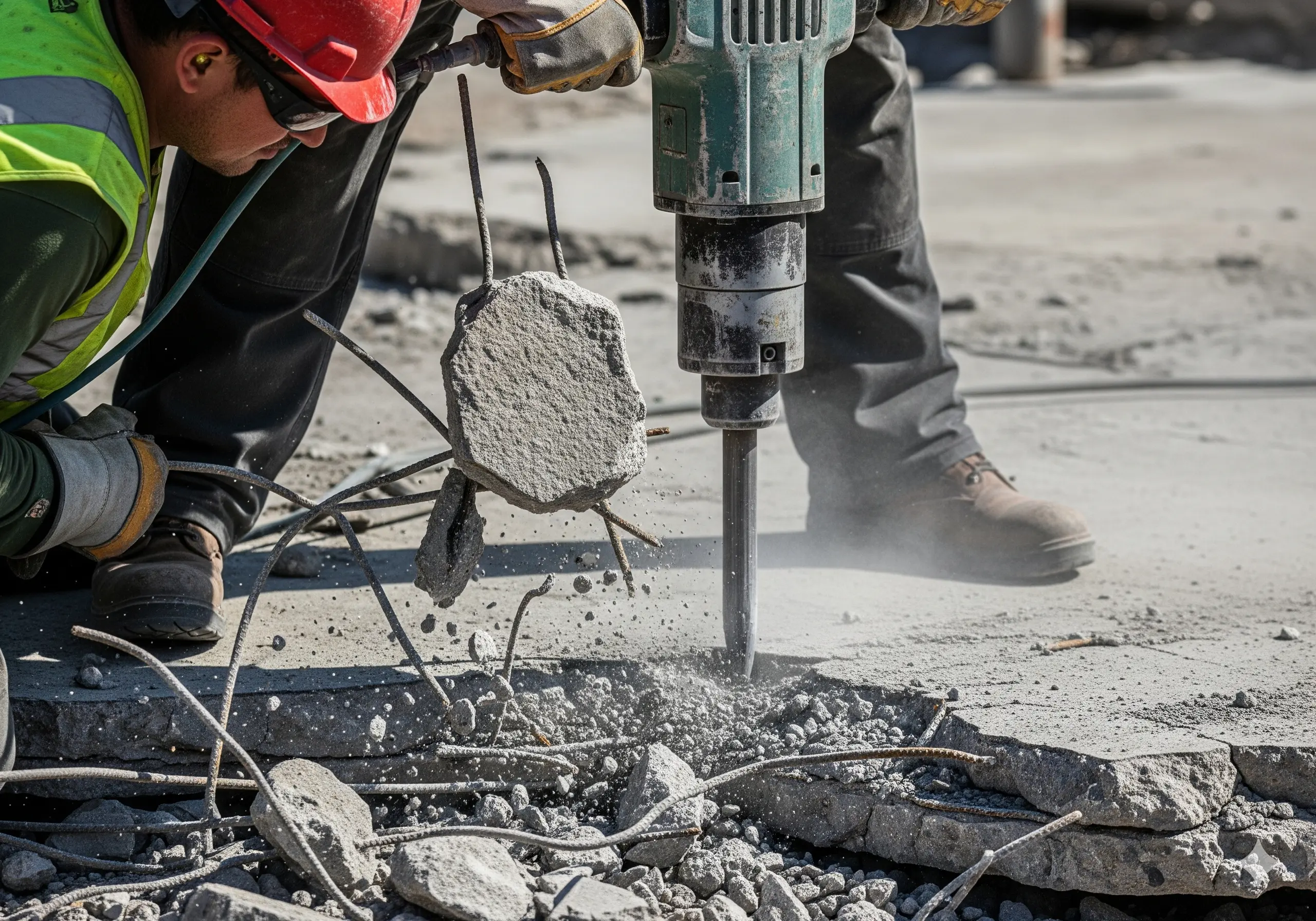Swimming pools can provide endless hours of fun and relaxation, but there may come a time when you find yourself considering pool removal. Whether your pool is outdated, in disrepair, or you simply no longer use it, removing a swimming pool is a major decision that requires careful consideration. In this article, we will guide you through everything you need to know about swimming pool removal.
Understanding the Need for Pool Removal
If you have been contemplating the idea of pool removal, it is important to understand the reasons why many homeowners choose to take this step. Many also decide to demolish swimming pool structures entirely to reclaim space and reduce ongoing maintenance costs.
There are several factors that can contribute to the need for pool removal:
Firstly, one common reason for pool removal is that the pool is no longer being used. As your family dynamics change or your interests shift, you may find that your pool has become more of a burden than a benefit. Perhaps your children have grown up and moved out, or you have found other recreational activities that you enjoy more. Whatever the reason may be, a pool that is not being used can be a waste of space and resources.
Additionally, maintaining a pool can be time-consuming and costly, which may prompt you to consider its removal. The constant need for cleaning, chemical balancing, and equipment maintenance can take up a significant amount of your time and energy. Moreover, the expenses associated with pool maintenance, such as water, electricity, and repairs, can add up over time. By removing the pool, you can free yourself from these ongoing responsibilities and expenses.
Another reason to remove a swimming pool is if it is in poor condition. Pools that have significant structural issues, frequent leaks, or outdated equipment may require extensive repairs that outweigh the benefits of keeping the pool. Cracks in the pool’s foundation can lead to water leakage, which not only wastes water but can also cause damage to the surrounding area. Outdated equipment, such as inefficient pumps and filters, can result in higher energy consumption and increased maintenance needs. In such cases, removing the pool may be a more practical and cost-effective solution.
Lastly, removing a swimming pool can free up valuable space in your yard. This space can be repurposed for other landscaping features, such as a patio, garden, or play area for children. Imagine having a spacious outdoor living area where you can entertain guests or relax in the sun. By removing the pool, you can transform your outdoor space into something that better suits your current lifestyle and preferences.
Evaluating the Condition of Your Pool
Before making a decision about pool removal, it is essential to evaluate the condition of your pool. Consider factors such as the age of the pool, any visible damage or cracks, and the frequency of repairs needed. If the pool is relatively new and in good condition, you may want to explore other options, such as repurposing or renovating the pool. However, if the pool is old, deteriorating, and no longer meets your needs, you may decide it’s time to remove swimming pool structures entirely and reclaim your outdoor space. You can also consult with a pool professional to assess the condition of your pool. They can provide expert advice and insights into whether repair or removal is the most appropriate course of action. A professional evaluation can help you make an informed decision based on the specific circumstances of your pool.
The Swimming Pool Removal Process
Once you have made the decision to remove your swimming pool, the process can be broken down into several key steps:
Initial Assessment and Planning
The first step in the removal process is to conduct an initial assessment and develop a plan. This involves determining the size and type of the pool, assessing any potential obstacles or challenges, and establishing a timeline for the removal.
During this stage, it is also important to consider any necessary permits or approvals that may be required by local authorities. These requirements can vary depending on your location, so it is essential to research and comply with the specific regulations in your area.
Additionally, it is advisable to consult with a pool removal specialist who can provide expert advice on the best approach for your specific pool. They can assess the condition of the pool, identify any potential hazards, and recommend the most suitable removal method.
The Different Methods of Pool Removal
There are two main methods of pool removal: full removal and partial removal. Full removal involves completely demolishing and removing the pool structure, while partial removal (also known as abandonment or fill-in) involves collapsing the walls of the pool and filling it with compacted soil.
Each method has its own advantages and considerations. Full removal provides a completely blank slate for future landscaping possibilities but can be more expensive and time-consuming. It requires heavy machinery and skilled labor to safely demolish and remove the pool. On the other hand, partial removal is more cost-effective and quicker, but it may limit your options for future use of the area.
When deciding between the two methods, it is important to consider your long-term plans for the space. If you have a clear vision for how you want to use the area after the pool removal, full removal may be the best option. However, if you are unsure or want to keep your options open, partial removal could be a more flexible choice.
Post-Removal Landscaping Options
Once the pool has been removed, you will have a new space to transform. Consider your options for post-removal landscaping, such as installing a patio, planting a garden, or creating a recreational area.
Consult with a landscape architect or designer to help you create a plan that maximizes the aesthetic appeal and functionality of your outdoor space. They can provide expert advice on plant selection, hardscaping options, and other design elements.
When designing your post-removal landscape, think about how you want to use the space. Do you envision a peaceful oasis with a water feature or a vibrant garden filled with colorful flowers? Would you like to incorporate a seating area for outdoor entertaining or a play area for children?
Consider the climate and local soil conditions when selecting plants for your new landscape. Choose species that are well-suited to your region and require minimal maintenance. Incorporating native plants can also attract local wildlife and contribute to the overall biodiversity of your garden.
Furthermore, think about incorporating sustainable practices into your landscaping design. Consider using permeable paving materials to reduce stormwater runoff and conserve water by installing an efficient irrigation system. You can also explore options for using recycled or repurposed materials in your hardscaping features.
By carefully planning and designing your post-removal landscape, you can create a beautiful and functional outdoor space that enhances the value and enjoyment of your property.
Costs Associated with Pool Removal
The cost of swimming pool removal can vary depending on several factors:
Factors Influencing the Cost
The size and type of the pool, the method chosen for removal, site accessibility, and the local labor market can all impact the overall cost. Additionally, any additional landscaping or site restoration work will also contribute to the total expenses.
Estimating Your Pool Removal Budget
To estimate your pool removal budget, it is advisable to obtain quotes from multiple pool removal contractors. They can provide you with a detailed breakdown of the costs involved and help you determine the most cost-effective option for your specific situation.
It is essential to keep in mind that while pool removal may require an upfront investment, it can also result in long-term savings by eliminating ongoing maintenance and repair costs associated with pool ownership.
Legal and Safety Considerations
When removing a swimming pool, there are important legal and safety considerations to keep in mind:
Obtaining Necessary Permits
Before starting the pool removal process, you will likely need to obtain permits or approvals from your local building department. These permits ensure that the removal is done safely and in compliance with the regulations in your area.
It is advisable to consult with a pool removal contractor or local authorities to understand the specific requirements and processes for obtaining the necessary permits.
Ensuring Safety During Pool Removal
Pool removal involves heavy machinery, excavation, and potential hazards. It is crucial to ensure the safety of everyone involved during the removal process.
Hiring a professional pool removal contractor who is experienced and certified in pool removal will help ensure that all safety precautions are followed. They have the necessary expertise to handle the equipment and materials safely, minimizing the risk of accidents or injuries.
Hiring a Pool Removal Contractor
When it comes to pool removal, hiring a reputable and experienced contractor is crucial in ensuring a successful and hassle-free process:
What to Look for in a Contractor
When selecting a pool removal contractor, consider their experience in pool removal specifically. Look for contractors who have a proven track record and positive customer reviews. It is also advisable to choose contractors who are licensed, insured, and bonded to protect yourself from any potential liabilities.
Questions to Ask Your Potential Contractor
Before hiring a pool removal contractor, ask them specific questions about their process, timeline, and pricing. Inquire about their previous projects and request references. This will help you gauge their professionalism and expertise, ensuring that you choose the right contractor for your pool removal needs.
Now that you are familiar with the various aspects of swimming pool removal, you can make an informed decision based on your unique circumstances. Remember, hiring a professional pool removal contractor and obtaining the necessary permits are crucial steps in ensuring a smooth and successful pool removal process. By carefully considering all the factors involved, you can transform your outdoor space into a beautiful and functional area that better suits your lifestyle. Contact Robinson Landscape to schedule a consultation.

Tim Robinson is the owner of Robinson Landscape LLC, proudly serving Bucks and Montgomery Counties for over 24 years. Known for his strong work ethic, clear communication, and reliability, Tim brings passion and professionalism to every job. When he’s not working, he enjoys time with his wife, two kids, and their family dog.

